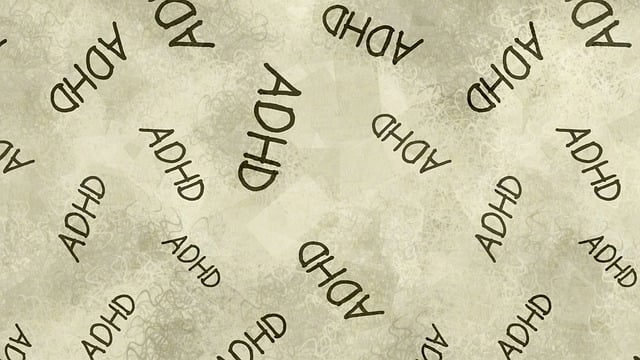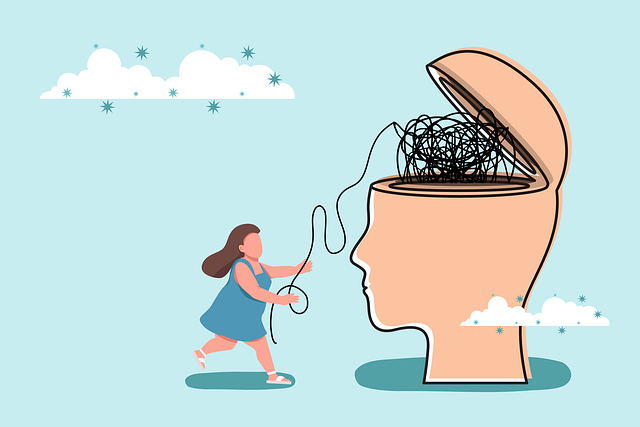Mental wellness programs like Superior Abuse Survivors Therapy (SAST) are highly effective in trauma processing and resilience building, as evidenced by a multi-faceted evaluation strategy. This approach combines self-reported improvements, observer assessments, structured interviews, focus groups, and regular check-ins to track progress before and after participation. By focusing on both qualitative and quantitative metrics, SAST identifies successful elements and areas for improvement, ensuring its alignment with best practices in stress management and emotional regulation. Continuous improvement processes, including mental wellness journaling and cultural competency training, enhance coping skills development and tailor interventions to individual needs, thereby promoting long-term mental wellness and mitigating burnout risks.
Mental wellness programs play a crucial role in fostering resilience, especially for survivors of abuse. This article delves into the evaluation methods used to assess the effectiveness of such initiatives, with a specific focus on Superior Abuse Survivors Therapy (SAST). We explore traditional and innovative strategies to measure success, highlighting continuous improvement processes. By examining SAST as a case study, we gain insights into refining programs, ensuring they meet the unique needs of survivors and maximize positive outcomes.
- Understanding Mental Wellness Programs and Their Impact
- Evaluation Methods for Measuring Effectiveness
- Assessing the Success of Superior Abuse Survivors Therapy (SAST)
- Continuous Improvement: Feedback Loops and Adjustments in SAST Programs
Understanding Mental Wellness Programs and Their Impact

Mental wellness programs are designed to support individuals in managing and improving their overall psychological well-being. These initiatives can take various forms, including individual or group therapy, workshops focusing on stress management, and social skills training. One particularly effective approach is Survivors Therapy, tailored for those who have experienced superior abuse, offering a safe space to process trauma and build resilience. The impact of such programs extends beyond immediate relief; they empower participants with lasting coping mechanisms, fostering improved emotional regulation and enhanced quality of life.
Evaluating the effectiveness of these interventions is crucial to understanding their true impact. Metrics may include self-reported improvements in mental health, reduced symptoms of anxiety or depression, and better stress management abilities. Additionally, observer assessments and structured interviews can provide valuable insights into changes in social interactions and communication skills, as well as participants’ ability to apply Mind Over Matter principles in their daily lives. By employing these evaluation methods, we can ensure that programs like Survivors Therapy are not only reaching their intended audiences but also making a tangible difference in promoting mental wellness.
Evaluation Methods for Measuring Effectiveness

Evaluation is a crucial component of any successful mental wellness program, and various methods can be employed to measure effectiveness. One such method involves assessing participants’ progress through structured questionnaires and interviews. These tools can gauge changes in symptoms, attitudes, and behaviors before and after the program, providing valuable insights into the intervention’s impact on individual well-being. For example, the Superior Abuse Survivors Therapy (SAST) model often utilizes pre-post assessments to track survivors’ mental health improvements.
Incorporating feedback from both participants and healthcare providers is another effective strategy. Mental Health Education Programs Design can benefit from collecting qualitative data through focus groups or surveys, allowing for a deeper understanding of the program’s strengths and areas for improvement. Additionally, Burnout Prevention Strategies for Healthcare Providers might involve regular check-ins to monitor their well-being and adjust Self-Care Routine Development strategies accordingly, ensuring a holistic approach to mental wellness within healthcare settings.
Assessing the Success of Superior Abuse Survivors Therapy (SAST)

Evaluating the success of Superior Abuse Survivors Therapy (SAST) involves a multifaceted approach to ensure its effectiveness in helping individuals cope with trauma and improve their mental wellness. The primary metric is participant satisfaction, measured through qualitative feedback forms that assess their experience, perceived benefits, and areas for improvement within the program. Additionally, quantitative measures such as pre-post therapy stress levels, burnout prevention markers, and emotional regulation assessments are crucial indicators of SAST’s success.
Through these evaluations, the program can identify key components that contribute to positive outcomes, like supportive group dynamics or specific therapeutic techniques, as well as areas that may require adaptation. Regular reviews also enable the refinement of SAST methodologies, ensuring they align with current best practices in stress management and emotional regulation, ultimately enhancing its impact on survivors’ long-term mental wellness and reducing the risk of burnout prevention.
Continuous Improvement: Feedback Loops and Adjustments in SAST Programs

The effectiveness of Superior Abuse Survivors Therapy (SAST) programs can be significantly enhanced through a structured approach to continuous improvement. Feedback loops are essential mechanisms that allow for regular adjustments and refinements, ensuring the program remains responsive to the evolving needs of survivors. This iterative process involves collecting and analyzing data from various sources, such as participant feedback, outcome assessments, and provider observations. By integrating this information, therapists can identify areas for enhancement in both the program’s design and delivery.
One effective strategy within these feedback loops is incorporating regular mental wellness journaling exercises into SAST sessions. This not only fosters coping skills development but also provides valuable insights for program evaluation. Healthcare providers can gain a deeper understanding of survivors’ progress by reviewing their reflections, enabling more targeted interventions. Additionally, training in cultural competency for healthcare providers ensures that the program adapts to the diverse needs and backgrounds of participants, fostering an inclusive environment essential for long-term mental wellness.
Mental wellness programs, such as Superior Abuse Survivors Therapy (SAST), require rigorous evaluation methods to ensure their effectiveness. By employing robust assessment techniques, we can gain insights into the program’s impact and identify areas for improvement. The case study of SAST demonstrates how continuous improvement cycles, driven by feedback loops, can enhance therapeutic outcomes. Through this process, mental health professionals can tailor programs like SAST to better serve survivors, ultimately fostering resilience and healing in their journeys towards wellness.














